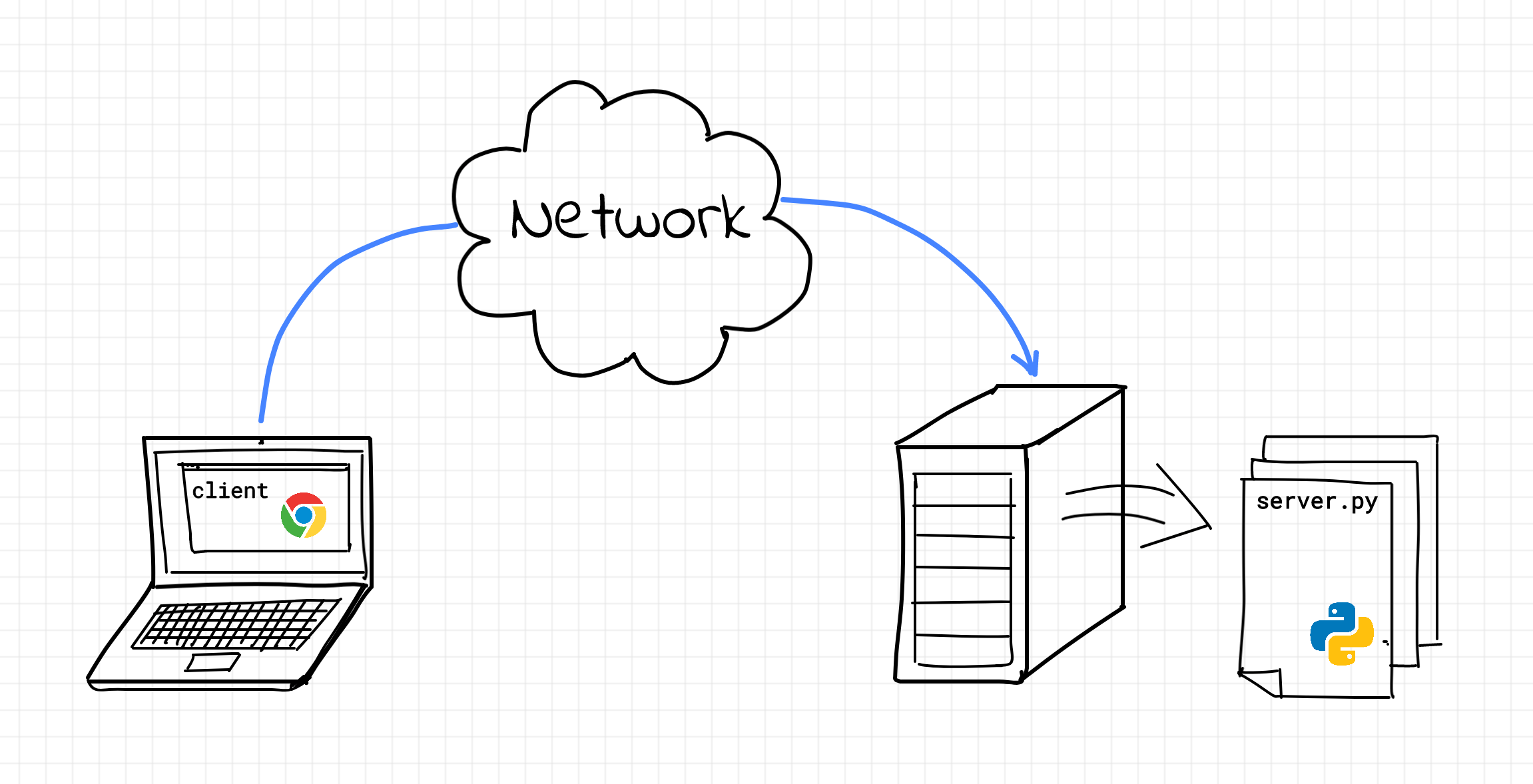KiND - How I Wasted a Day Loading Local Docker Images
From time to time I use kind as a local Kubernetes playground. It's super-handy, real quick, and 100% disposable.
Up until recently, all the scenarios I've tested with kind were using public container images. However, a few days ago, I found myself in a situation where I needed to run a pod using an image that I had just built on my laptop.
One way of doing it would be pushing the image to a local or remote registry accessible from inside the kind Kubernetes cluster. However, kind still doesn't spin up a local registry out of the box (you can vote for the GitHub issue here) and I'm not a fan of sending stuff over the Internet without very good reasons.

